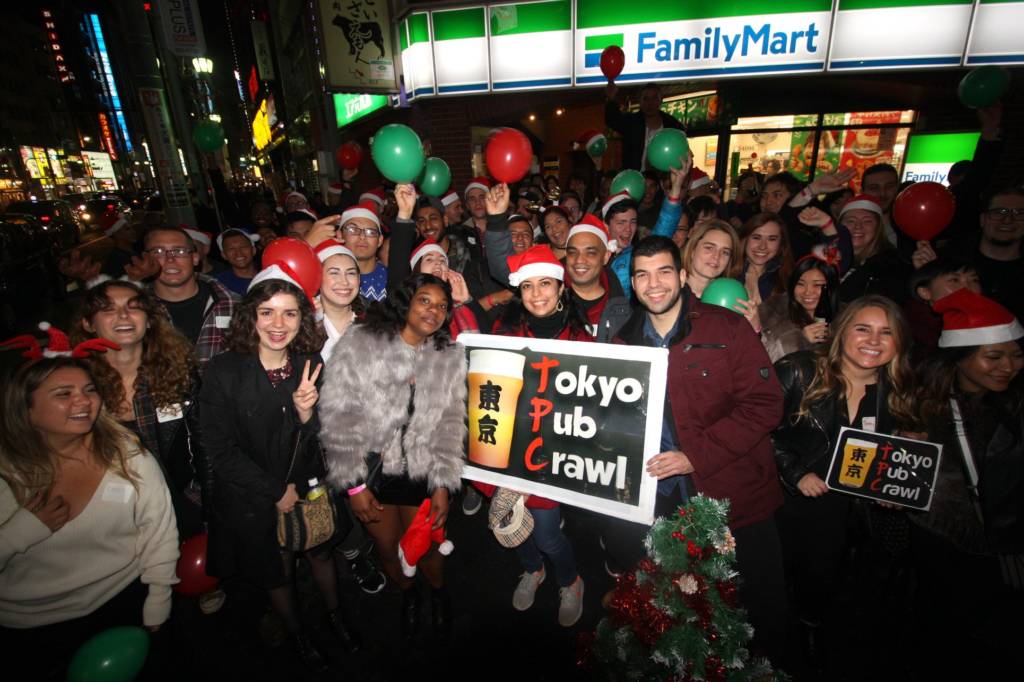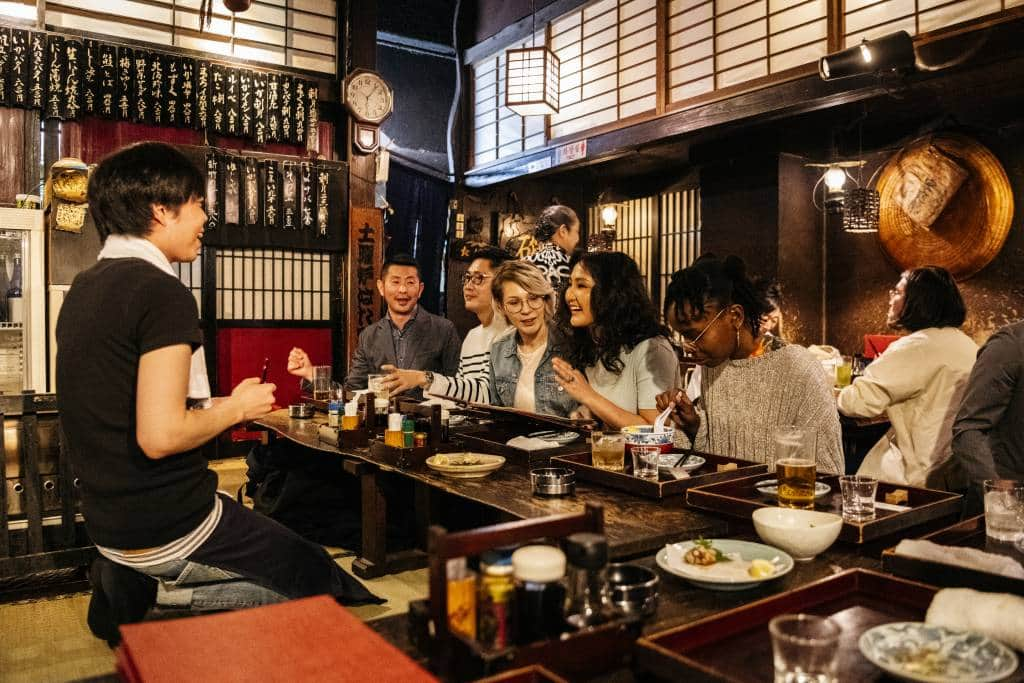Long before “swish swish” became the title of a pop song, there was shabu-shabu (the onomatopoeia for swishing noises) — a type of nabemono (hot pot dish). Think a boiling hot broth full of nutritious veggies, tofu with shabu-shabu signature thinly sliced meat. Shabu-shabu restaurants are exactly where you need to go to warm up on a cold winter night.
If this has gotten you craving for some, here are some budget-friendly shabu-shabu restaurants for you. We’ve already brought some of these up as examples on our article on nabe, but we’ve also got a few more examples for you. Most of the chains listed here offer discounts for children and senior citizens, and all prices listed here are tax-inclusive.

But wait, how do you ‘do’ shabu-shabu?
It’s surprisingly simple. First, submerge the meat and other ingredients/toppings (vegetables,tofu, etc.) into the broth.
But don’t dump all your ingredients into the pot in one go, as doing so could affect the temperature of the broth.
Instead, start with the hard vegetables like carrot or pumpkin first becaue they’ll take the longest to cook. Then add softer vegetables like cabbage and mushrooms along with any noodles or tofu. The meat goes last because it’s so thin it will cook incredibly quickly.
Swish it around, and wait until it’s cooked — but don’t wait too long or you could overcook the meat. As soon as it changes color, it should be good to eat.
Finally, enjoy! Typically, you use a pair of serving chopsticks (for hygiene reasons) to take whatever you like, dip the cooked ingredients in sauce (with the citrus-y ponzu and goma sesame — being the most common sauces), and then eat them on their own or with rice. When there’s only broth left in the pot, you’re supposed to mix the broth with your leftover rice (or noodles), and drink it up.
Now that’s out of the way, let’s talk restaurants.
Nabe-zo
From ¥3,300A chain with branches in Tokyo, Kanagawa, and Saitama, Nabe-zo is known for its all-you-can-eat courses. The menu may vary per branch, but at most branches, the pork lunch course is a 100-minute buffet, which gets you all the pork, vegetables, rice, and dessert that you want from ¥3,300. You can also upgrade this course to all-you-can-drink, with soft drinks for ¥3,630 total or alcoholic drinks for ¥4,950 total. There are other all-you-can-eat courses with beef and higher quality cuts as well, but the pork lunch course is more than enough for most.
Mo-Mo-Paradise
From ¥4,400
Previously a chain with several branches, Mo-Mo-Paradise, which now only has two branches in Shinjuku, one in Kabukichō and the other not far from Shinjuku Station’s East Exit. You can choose between shabu-shabu or sukiyaki, with an all-you-can-eat pork course for ¥4,400 including two kinds of pork, vegetables, noodles, rice, and dessert. This is available for dinner at both restaurants for 120-minutes, or lunch at the East Exit store for 100-minutes. You can add an all-you-can-drink option for ¥2,200 per person.
Shabu-shabu Tajimaya
From ¥1,980Yet another chain, Tajimaya is even more Cheapo than Nabe-zo and Mo-Mo Paradise. Prices and offerings vary depending on the branch, but the Yaesu branch has the cheapest offering: an all-you-can-eat lunch course at ¥1,980 for 60-minutes. It includes beef, pork and chicken, along with vegetables, udon noodles, rice, miso soup and ice cream. You can also add a drink bar option for an extra ¥120. If you’d like to stay a little longer the 90-minute all-you-can-eat course is ¥2,180 and includes all the previous items plus curry.
Note: Tajimaya shares a name with an Osaka-based yakiniku chain, but has no relation to it.
Onyasai
From ¥2,178
An even bigger chain than everything we’ve listed so far, Onyasai has nearly 70 branches in Tokyo alone, including Asakusa, Akihabara, Ikebukuro, Ueno, and Shibuya. Once again, the cheapest all-you-can-eat option is a lunch time course, priced at ¥2,178 for 100-minutes. The course includes pork, chicken, appetizers, vegetables, tofu, noodles and rice. It also includes mini weiner sausages and mochikinchaku (a glutinous rice cake in a tofu pouch) — which we haven’t seen anywhere else on our list — as well as one serve of ice cream per person.
Dontei
From ¥2,189This chain not only has all-you-can-eat courses, but also à la carte ones — you can order a single serving of shabu-shabu, pieces of meat, and even sushi. Some branches may have different menus and prices, but at most branches, their lunch menu has 90-minute shabu-shabu courses that start at ¥2,189 for all-you-can-eat pork. The all-you-can-eat course includes vegetables, and the salad/dessert bar (if the store has one), but rice has an extra charge of ¥220. You can also add all-you-can-drink soft drinks for ¥385 extra. Fixed-serving shabu-shabu lunch sets start at ¥1,089 for pork loin.
Little Sheep/Xiao Fei Yang
From ¥2,980
While this chain is Chinese in origin, we included Little Sheep (Xiao Fei Yang in Chinese) here, as this hot pot chain’s concept is quite similar, after all. However, since Little Sheep specializes in Inner Mongolian hot pot, the herbs, spices, sauces, and overall flavor are slightly different. For one, they have a spicy broth made with chili oil and peppercorns. Another thing that sets this chain apart is that it offers lamb.
As of this writing, Little Sheep has 12 branches in Tokyo — Shibuya, Shinjuku, and Ueno, to name a few. The cheapest course available costs ¥2,980 per head. This gets you lamb, chicken, some vegetables, dumplings, and dessert. Sadly, none of the Tokyo branches have all-you-can-eat courses, but then again this isn’t your standard shabu-shabu restaurant so it’s something to savor more than devour.
Shabuzen
From ¥4,400Shabuzen is an up-market shabu-shabu restaurant chain with branches all over Japan, including eight in Tokyo. The menu varies depending on the branch, but they just introduced a new all-you-can-eat plan at their Shibuya store to celebrate the 2023 New Year. This course is ¥9,000 plus a ¥605 table charge, making it the priciest option on our list but it is all-you-can-eat wagyu beef after all. It also includes pork, vegetables, noodles and rice cakes. They have other courses with different qualities and cuts of meat, if you’re feeling particularly fancy.
While we do our best to ensure it’s correct, information is subject to change. Last updated in January 2023 by Maria Danuco.






























